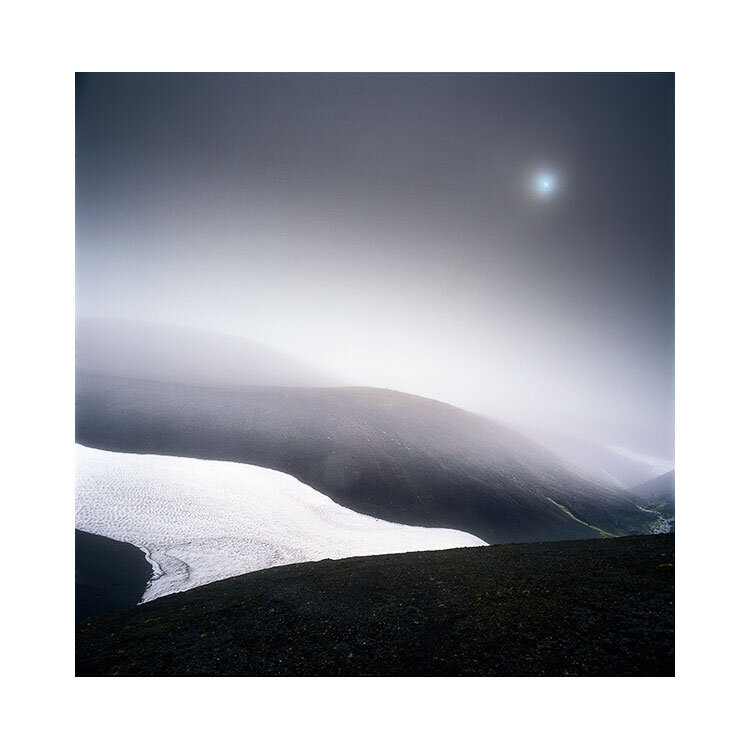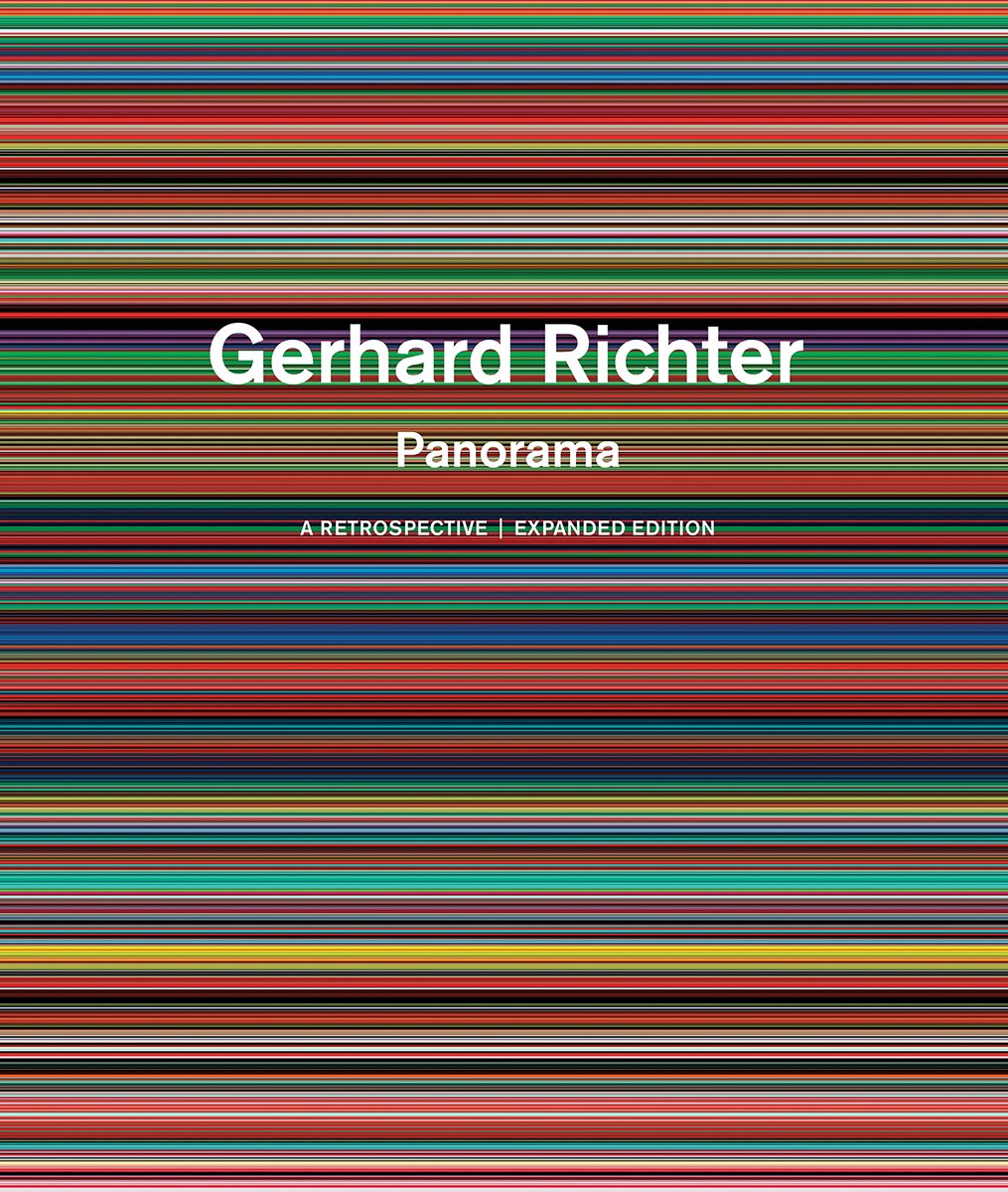I’ve been busy working on the image selection / sequencing and text for my forthcoming book. I’m really pleased with how it is all going. But I am now at a stage where I want to print all of the 100+ images.
I don’t trust monitors for image review.
As much as I am very confident that my monitor has been calibrated correctly, and profiled well, I still find that when I print, I’m forced to see things in the print that weren’t so obvious on the monitor. For one, luminance levels of a print can easily be misread on a monitor because our eye is highly adaptable. What may appear bright after staring at it for so long may appear much darker in print. So printing the images out allows me to get a real-world grasp on how the luminance levels are on the print.
That’s one reason to print. But there are many reasons to print and those reasons only become apparent once you have a print in your hands to review. So many times I’ve noticed colour casts, fine detail distractions that weren’t so obvious on the monitor, but once printed, I now notice them - both in the print and more interestingly, on the monitor as well.
Our eyes are highly adaptable, which leads us into tuning out colour casts ‘in our head’. So I’m always looking for a way to force my eye to see things that it has become blind towards. The more you stare at a picture on the screen, the more desensitised you become to it. It’s like tunnel vision of a sort.
So I definitely wish to print out all of the images that have been selected for inclusion in the book. But I want to go one stage further: I’d like to simulate how the images will look when printed on standard proofing paper:
“Standard Proofing Paper has a Fogra 39 certification, which is becoming the European standard. Offering the widest colour gamut available for accurate colour reproductions, this paper provides a base colour, weight and gloss level designed to match colour-critical commercial offset, press applications. Optimised for proofing applications, when used with our Epson UltraChrome K3 Ink with Vivid magenta, this media delivers outstanding short-term stability”
So this week I’ve been printing off some targets to get measured, so that I can have a custom profile built for this paper.
I’ve always printed my images out to verify them, and to give as a hard-copy to the printer. I was advised years ago that having a hard-copy is the ultimate reference when getting someone else to reproduce your work. I’ve been pretty happy with the colour reproduction on the last two books. But this next book will be a test of sorts, because we are working with some extreme edge blacks and off-colour whites.
I think that my optimising of the prints will go a lot smoother, and will be much finer if I am printing them on a standard kind of proofing paper that is close to an off-set press.
I realise this is perhaps of little use to many of you, but I suppose the big message here is - your photographs are never finished until you have them printed and verified. I always find errors and inconsistencies in my work once it’s printed, and if I tune the print to look good, then I know it will also look good on the monitor also. But not the other way around.






































